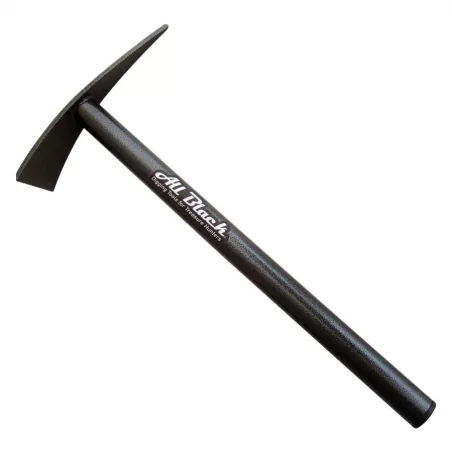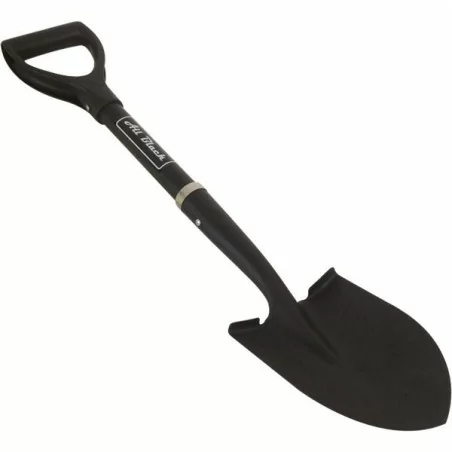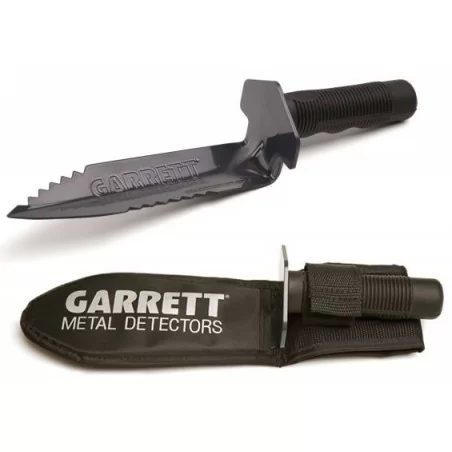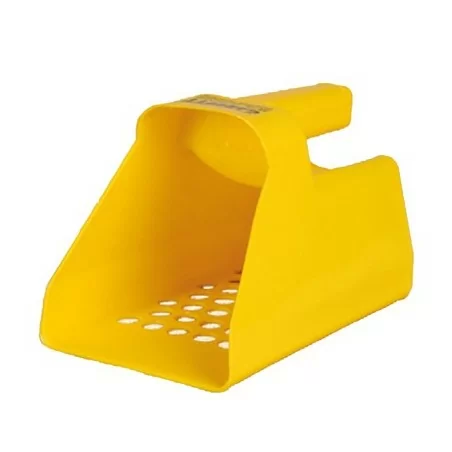To start practicing research mainly on land I recommend you start with a small steel and fiber shovel, very light, sturdy and compact.
Try to choose the length that best suits your stature, this is because, too short blades will force you to bend a lot during the excavation, increasing fatigue, while too long shovels are bulky, heavy and often complicate the excavation.
You can also use digging ice axes, even of these there are different shapes and sizes.
Ice axes can be very useful especially on not too hard soils or to make holes that are not too deep, since, in addition to a certain depth, they begin to become uncomfortable to use precisely because of their shape.
Recommended products
Mini XT Spade
Then there are the "Excavation Knives", these are particular tools that can be very useful to finish the excavation started with the shovel or ice axe and that help a lot on stony soils or full of roots, since they are always equipped with serrated blades.
If, on the other hand, you decide to practice metal detecting on sandy beaches, it will be useful to get, instead of a shovel (which you can at least use on dry sand), a so-called "Sessola di Mare" which is equipped with many holes of a certain diameter on its entire body.
In this way it will be able to collect the sand at the point where the detector has detected an object and "sift" it so that only the object remains inside the basket or at the limit some shell and stone.
Recommended products
Edge Digger Knife
Finally there are the Sessole with short handle, which you can use on dry sand, but which require you to bend to dig, and Sessole with the long handle, indispensable if you practice research immersed in water or to avoid simply bending during the excavation.




